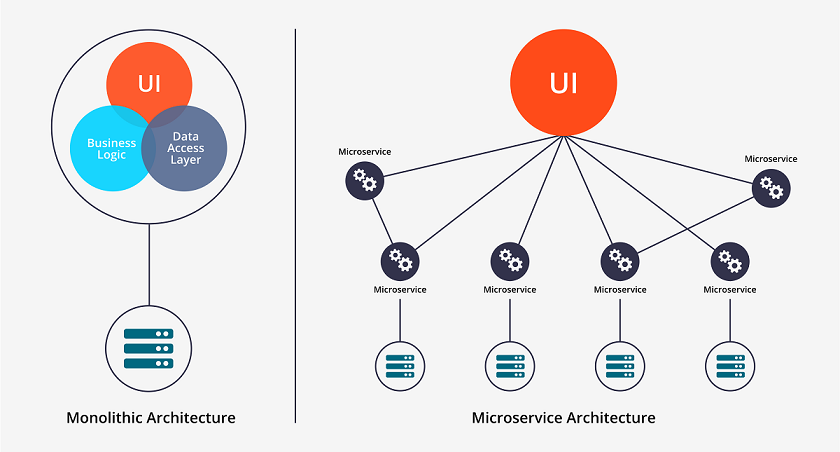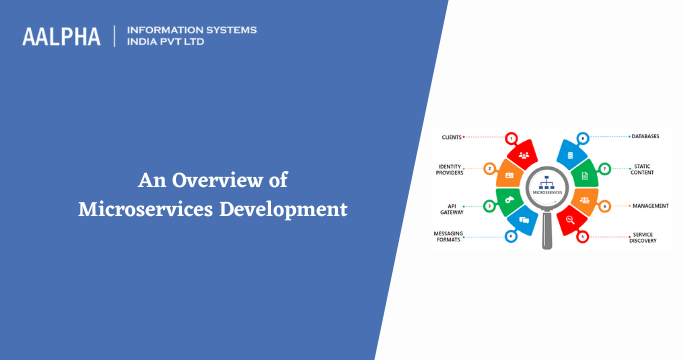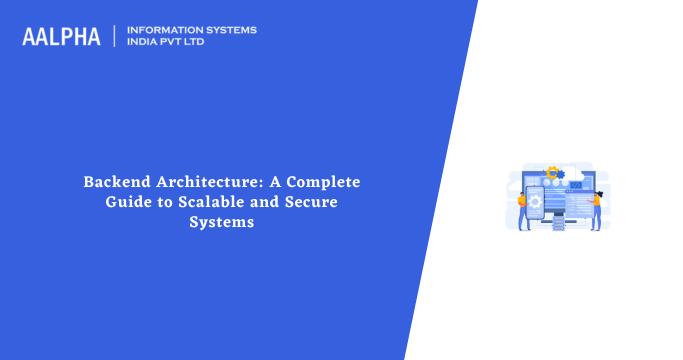Before understanding microservices, let us know monolith architecture first. It will help us understand microservices better. A monolith is a single large block laid upright that acts as a pillar for the application. A monolith structure can be compared to the Jenga game, whereby all the block falls when a single block is displaced. The microservices are the new trend that is there to split the single upright block different units that can depend on their own without experiencing difficulties.

The difference between a monolith and microservices is that a monolith consists of one large code block and one database which equals a single application. On the other hand, microservices includes loosely coupled code blocks, each having their respective database, which again equals a single application. In short, microservices, when compared to the Jenga game, stays intact even when one of the structures is displaced.
Microservices architecture is a software development service that is making the tech world improve on enterprise agility needs, scalability, and time market while providing high-quality software development.
As the microservices technique is taking the tech world by storm, your business organization should take advantage of and make use of this strategy to improve the product development process. Imagine a case where an entire app is failing because of a single service failure. You will lose your time, efforts, and other resources. Take chances and introduce a microservices strategy into your business and avoid such failures.
Understanding the Microservices Plan
As highlighted before, the microservices plan is a strategy used in developing a single application as a basis for small services units. Still, each group operates on its own process and communicates with an HTTP resource API, a lightweight mechanism.
To make you understand better, microservices split a single app into several dependent services that have their own tasks to accomplish in running the entire app. Some of the advanced features of broken services include
- Every single function can be programmed in different programming languages
- Each service unit can be scaled and updated without considering the functionality of the entire up.
This means that these small units are dependent on themselves.
A perfect example of microservices architecture is Netflix. Netflix is the leading entertainment brand, so for millions of subscribers base. As the customers enjoy the Netflix services on the front end, the microservices management system, together with cloud computing from Amazon web services is the central team working behind the scenes to improve the user experience.
So, how is Netflix applicable to Microservices?
The answer is simple; Netflix is made up of around 700 microservices. Netflix supports about 700 microservices, which plays a significant role in running the entire Netflix brand. In the chain, when two microservices want to communicate, they use the Application programming interface (APIs) to make the communication possible. In such a scenario, the Netflix team can implement changes to any of the services offered without affecting the quality of the entire application.
Apart from Netflix, other big brands that are embracing microservices include PayPal, Amazon, Google, The Guardian, and even Uber. Dzone statistics show that around 63% of business setups moved towards microservices architecture in 2018. Before we keep discussing, you might be wondering, is microservices that necessary for my business?
By 2026, the global microservices architecture market size is anticipated to reach $8,073 million.
Well, let us discuss below:
What to do before you introduce Microservices in your Organization
When you introduce microservices to your organization, expect a lot of positive impacts. Below are some of the effects you will experience on the verge of introducing microservices into your business setup
First of all, the overall business technologies, operations, and way of performing tasks will change drastically.
When the microservices architecture is fully implemented in your organization, there are technical tasks that must be done first. The task for a successful microservices introduction include:
- Splitting the monolith structure into a set of microservices units
- Unit testing to approve each set of microservices
- Applying CI- Continuous integration
- Testing any possible bugs by creating the code quality metrics
- Run time addition to observing support monitoring service into the code
- Replacing manual release with scripts and infrastructure-as-code automatically
- Creating a unique code that can operate inside the containers
- Releasing the already developed software over the cloud platform
As the leader of the business, you will experience challenges in running the architectural process within the organization to achieve the purpose of microservices. As a result, the manager needs to be ready to find any problems and find solutions where appropriate.
Introducing microservices architecture to your organization will give your employees morale to perform and deliver quality work, continuous delivery, and improve the overall functioning of the project/product.
Also, specialized technologies used in microservices empower your workforce to work hard the confidence to deliver excellent work.
Advantages of Microservices Architecture
Microservices provides many solutions to the pending tech world. You will reap a good number of advantages from just using a microservices architecture. Talk of scalability, independence of services, innovation, and agility. All these advantages are meant for the growth and expansion of the business. You will never get such advantages at once if not through the microservices plan. Let us discuss the key advantages below:
-
Advanced Scalability
Gone are the days when codes were to be re-written when an upgrade is required. Microservices save you the time and resources of reforming the codes because a single code can be divided into smaller units and still function as needed. Also, you can fix bugs and introduce updates in any of the smaller groups without having to pull the plug from other services too. This means that the disruption of one service does not affect the entire application. You only need to be smart and get quality results without much struggle within a short time.
-
Selecting Projects over Products
When dealing with a project, you work under milestones that need to be done within a given time frame. The traditional teams operated by handing over the project to the testing and maintenance teams and start working on another project. There is no such technique in microservices. Microservices architecture operates on the principle of “You build it; you run it.” When a selected team is handling a given product, they focus on the project until they get to the bottom of it. This makes it possible to identify possible failures and creating adequate solutions, which guarantees quality results.
-
Agile Delivery Promotion
One thing you will love about microservices development is its ability to release software and updates on time. Continuous software updates can be achieved through a product penetrate the market faster in the form of sprints for every single service. Agile development is the best way to make the product penetrate the market faster.
Apart from the agile transformation, microservices have both continuous deployment and continuous integration functions, which are crucial in building microservices. The process includes developing a feature, testing the feature, and releasing it. The best part is that you can always make changes to the functionality without affecting other services.
-
Polyglot Persistence
Although the term is not common, it is significant when thinking about the process of building microservices architecture. In simple terms, polyglot persistence implies that storage technology has made it possible for existing data to control several other types of data. In microservices, every service is independent as it has its own database that is managed by the service. This minimizes the rate of experiencing failures on different services.
-
Loose Coupling
Loose coupling in microservices means that making a change on one of the services cannot affect the operation of other services and the entire application. As a result, you can release software to productions many times on a single day without any technical issues. The database and the services are all independent of each other. The rule in loose coupling is that every service should stand on its own in terms of database. No sharing of the data with other services, not unless in a particular case where an API call is made.
The main app will never be affected when updates are made on one single service.
Conclusion
Microservices is a rising technology that every business-minded person should consider giving a trial. In microservices, several services are loosely coupled, updates made, and released individually. You can also maintain the service and its database without affecting the larger app. Microservices offers the best strategy to scale your business and handle complex apps without difficulty.
Nonetheless, microservices is not an all-around architecture development. The best way to approach the microservices technique is starting with the monolith and then slowly upgrade to microservices architecture development. The perfect time to embrace microservices architecture is when you are sure of the single service dependency. All services should be able to operate on their own without affecting the main application.
Note: When you make up your mind to embrace microservices, analyze your team capabilities, and move at a pace, they can handle all the transformation activities involved. It is not about doing it faster, but a matter of value it will bring to your business.
Need more info on implementing Microservices within your applications? then connect with Aalpha today for a free consultation.
Also check: cost of microservices





Share This Article:
Written by:
Stuti Dhruv
Stuti Dhruv is a Senior Consultant at Aalpha Information Systems, specializing in pre-sales and advising clients on the latest technology trends. With years of experience in the IT industry, she helps businesses harness the power of technology for growth and success.
Stuti Dhruv is a Senior Consultant at Aalpha Information Systems, specializing in pre-sales and advising clients on the latest technology trends. With years of experience in the IT industry, she helps businesses harness the power of technology for growth and success.